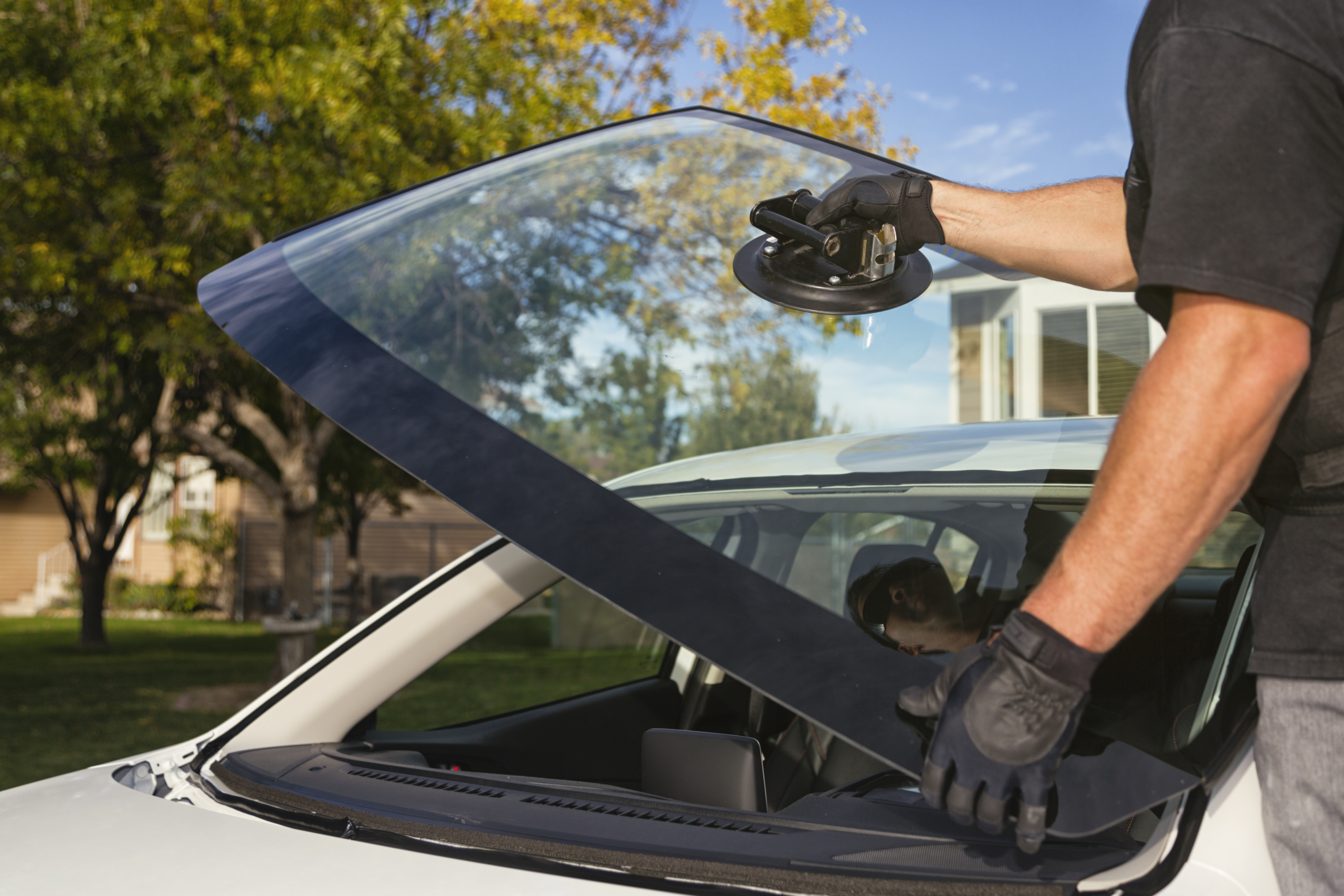
Less traffic, more death: A bizarre 2020 should make us rethink our transportation priorities
Traffic fell and deaths rose on America's roads during a pandemic-challenged 2020. That should make us think long and hard about what really matters in transportation in the post-COVID "new normal."
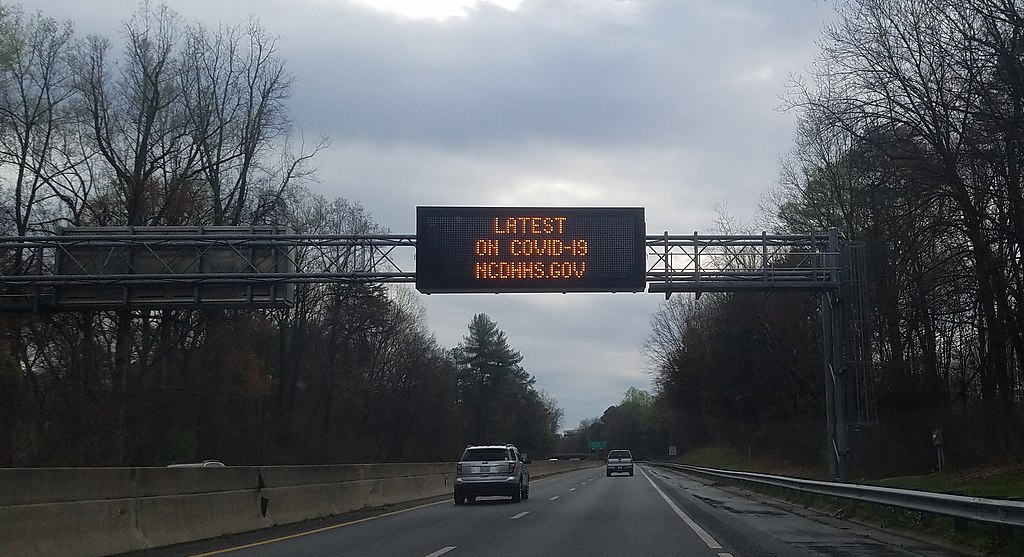
When COVID-19 shutdowns began a year ago, rush-hour traffic evaporated from America’s highways.
Thanks to new data from the Federal Highway Administration, we now know just how many cars vanished from the roads. Americans drove 13.2 percent fewer miles in 2020 than the year before. On average, Americans drove less last year than in any year since 1989.
In some places, reopening of businesses, schools and other activities began to bring cars back to the roads as the year went on. But even by year’s end, traffic in most of the country hadn’t fully returned.
Vehicle-miles traveled per capita, U.S. (Source: FHWA and U.S. Census Bureau)
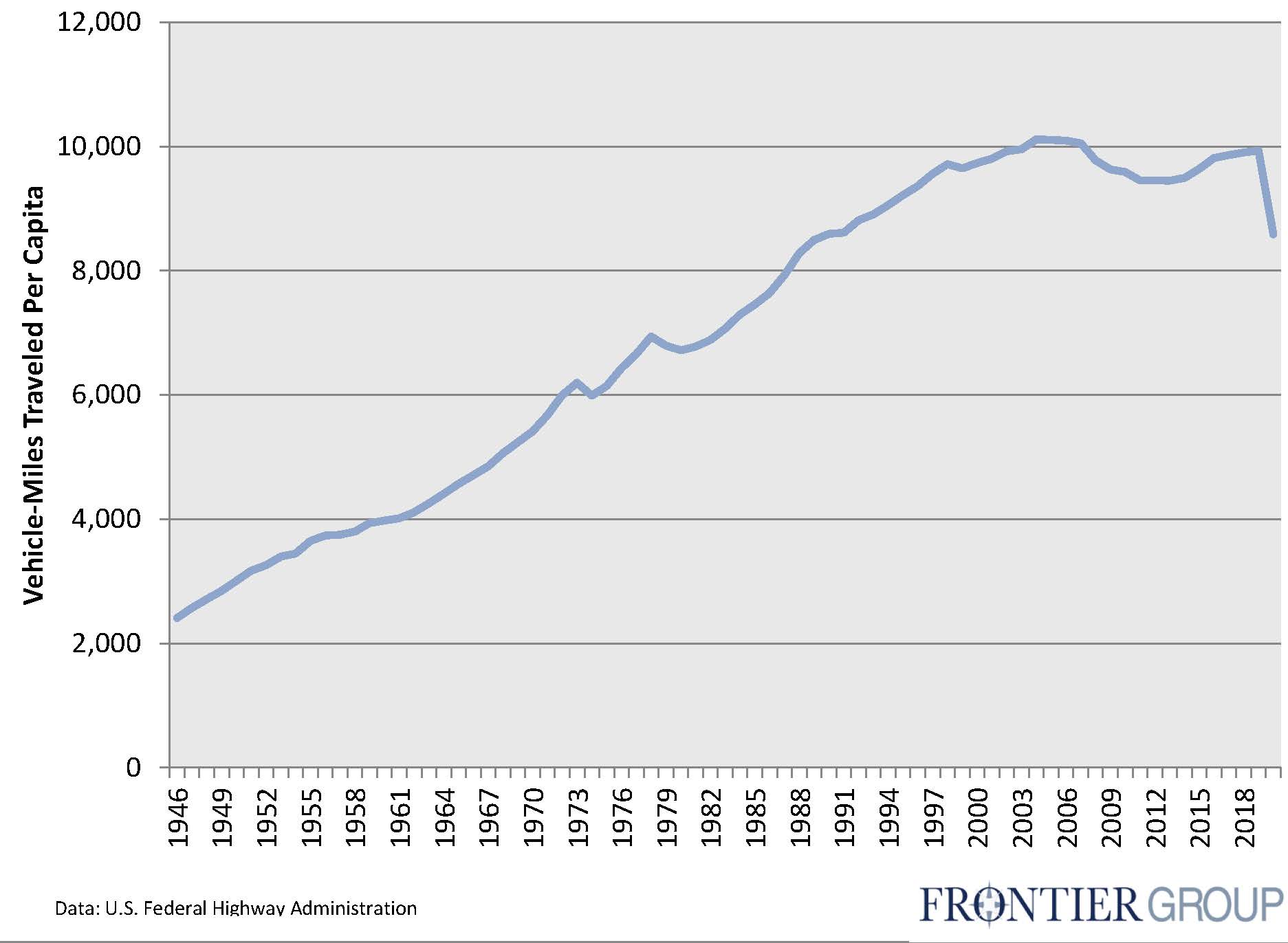
With vaccinations underway and COVID-19 restrictions ebbing, it’s reasonable to ask whether the rush hour traffic that paralyzed the roads in many American cities every morning and evening is about to come roaring back.
It’s a reasonable question. But the wrong one. Or at least, not the most important one.
Because while rush-hour traffic dissipated during the pandemic, most of the other problems with our transportation system … didn’t.
The most shocking example: Even as the number of miles traveled on American roads fell in 2020, the number of traffic deaths rose by 8% – to more than 42,000, with an estimated 4.8 million injuries requiring attention from a medical professional. The estimated cost of all those deaths, injuries and property damage from crashes: $474 billion.
It’s not just traffic crashes that remained a problem. Transportation remained the nation’s number one source of the carbon pollution that causes global warming.[1] Americans continued to snap up bigger cars and SUVs, putting a damper on progress toward improving fuel economy and reducing greenhouse gas emissions. And while fewer cars on the road led to clearer skies for a time, too many Americans still live in places where the air outside is unsafe to breathe.
The past year also cast a harsh spotlight on other, long-ignored problems with our transportation system. Even as 9-to-5 office workers vanished from buses and trains, essential workers continued to rely on public transportation. Many of them were forced to endure service cuts, which may continue after the pandemic’s end, an example of the low priority given to public transportation in America. The creation of car-dependent mass COVID-19 testing and vaccination sites sometimes left those who cannot or choose not to drive having to work extra hard to obtain critical health services – a daily fact of life for car-free Americans seeking health care. And the Black Lives Matter movement called attention to the ways in which racism continues to limit the freedom of movement of many Americans, decades after the formal end of segregation.
In short, the past year has shown that we can virtually eliminate rush-hour traffic, and yet our transportation system will still remain deadly, destructive of the environment and our health, and deficient in providing all of us with access to the good and necessary things of life.
As the nation emerges from COVID-19 this spring, we need to keep the lessons of the last year firmly in mind. President Joe Biden and members of Congress will soon propose infrastructure plans, potentially channeling hundreds of billions of dollars into the nation’s transportation system. Congress will consider reauthorization of the main federal transportation law, the FAST Act, determining how hundreds of billions more dollars will be spent on transportation over the next five years. Transportation Secretary Pete Buttigieg will be challenged to shift the hidebound practices of his department in ways that finally prioritize safety, the environment, public health, universal access to efficient transportation and the quality of our lives.
There’s a lot at stake.
And if our focus heading into those debates is how to avoid the return of rush hour, we will likely miss the opportunity to finally build a transportation system that meets the challenges of the 21st century.
For generations, shaving a few minutes off the travel time of morning and evening commuters has been the central goal of transportation policy – leading us to spend billions of dollars on dubious highway expansions and focusing our approach to transit policy on services that can move the most commuters to and from city centers during peak periods of the day.
It’s time for a different approach. For a safer, healthier and better transportation system for everyone, it is time for policy-makers and advocates to finally think beyond the commute.
Photo: Salem Parkway, North Carolina, User Breawycker via Wikimedia Commons, Creative Commons license CC BY-SA 4.0
[1] Based on data through November.
Topics
Authors
Tony Dutzik
Associate Director and Senior Policy Analyst, Frontier Group
Tony Dutzik is associate director and senior policy analyst with Frontier Group. His research and ideas on climate, energy and transportation policy have helped shape public policy debates across the U.S., and have earned coverage in media outlets from the New York Times to National Public Radio. A former journalist, Tony lives and works in Boston.
Find Out More
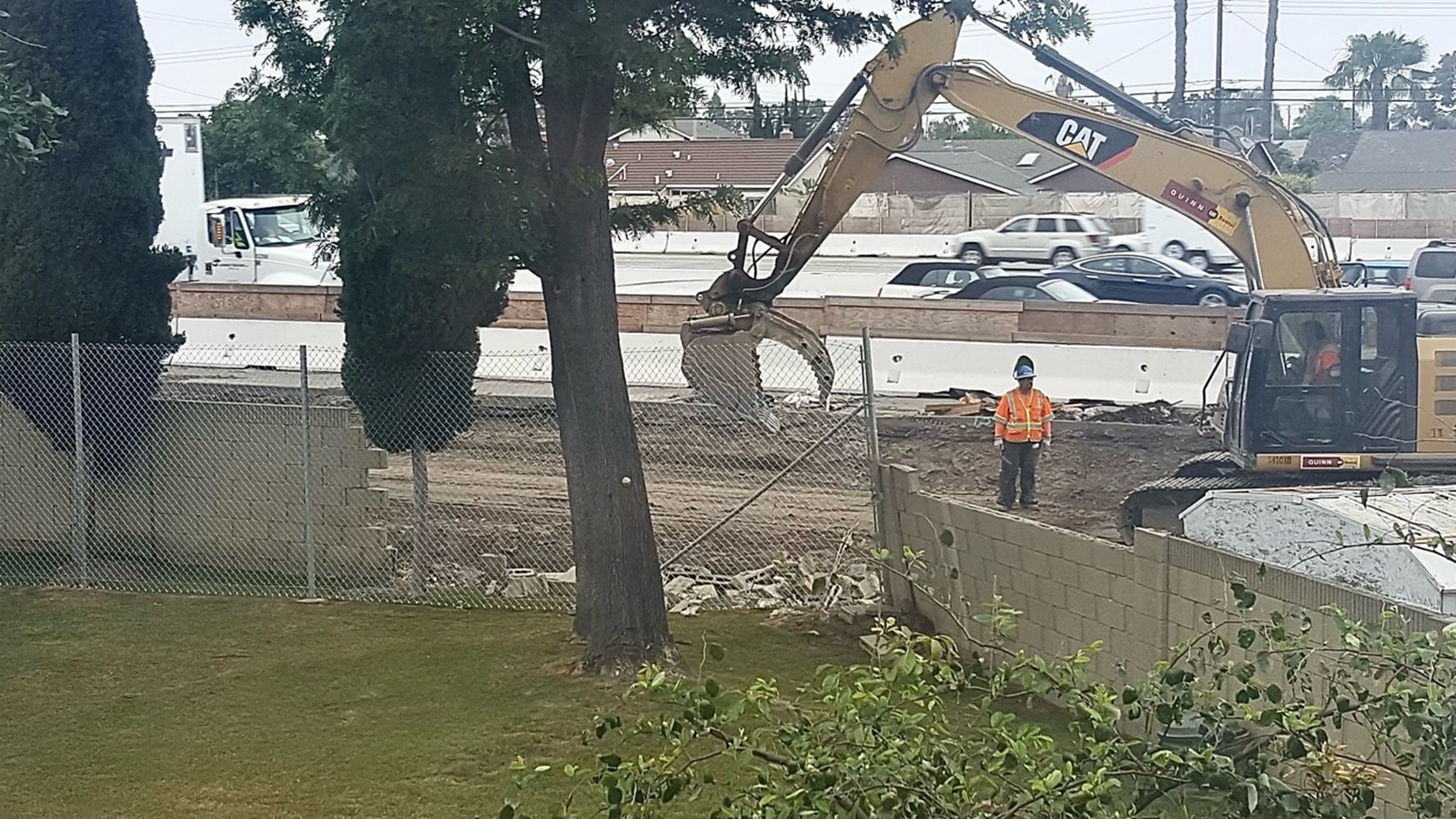
Wider highways don’t solve congestion. So why are we still knocking down homes to build them?
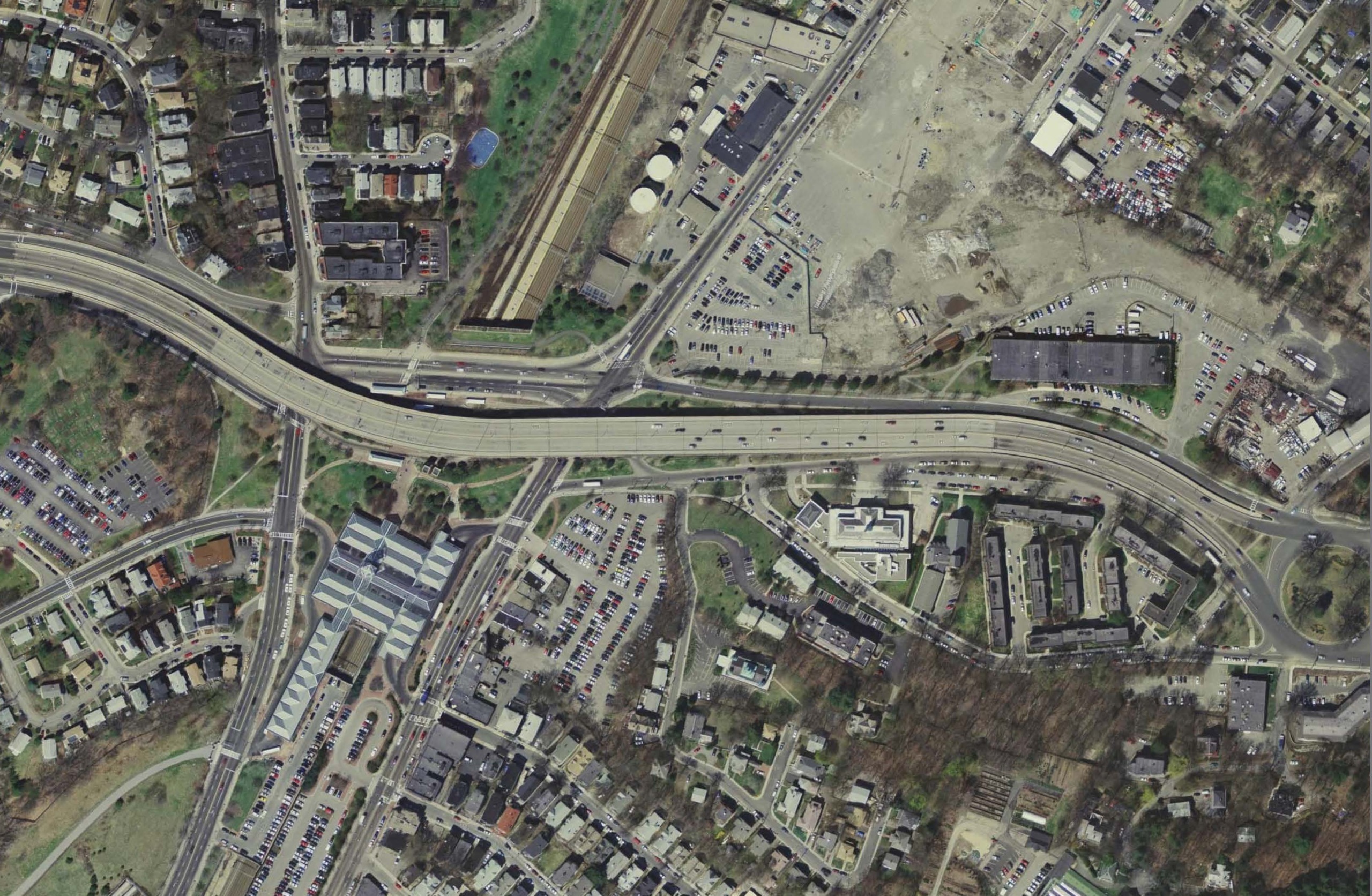
Four ways to look at a project (or policy, or almost anything)
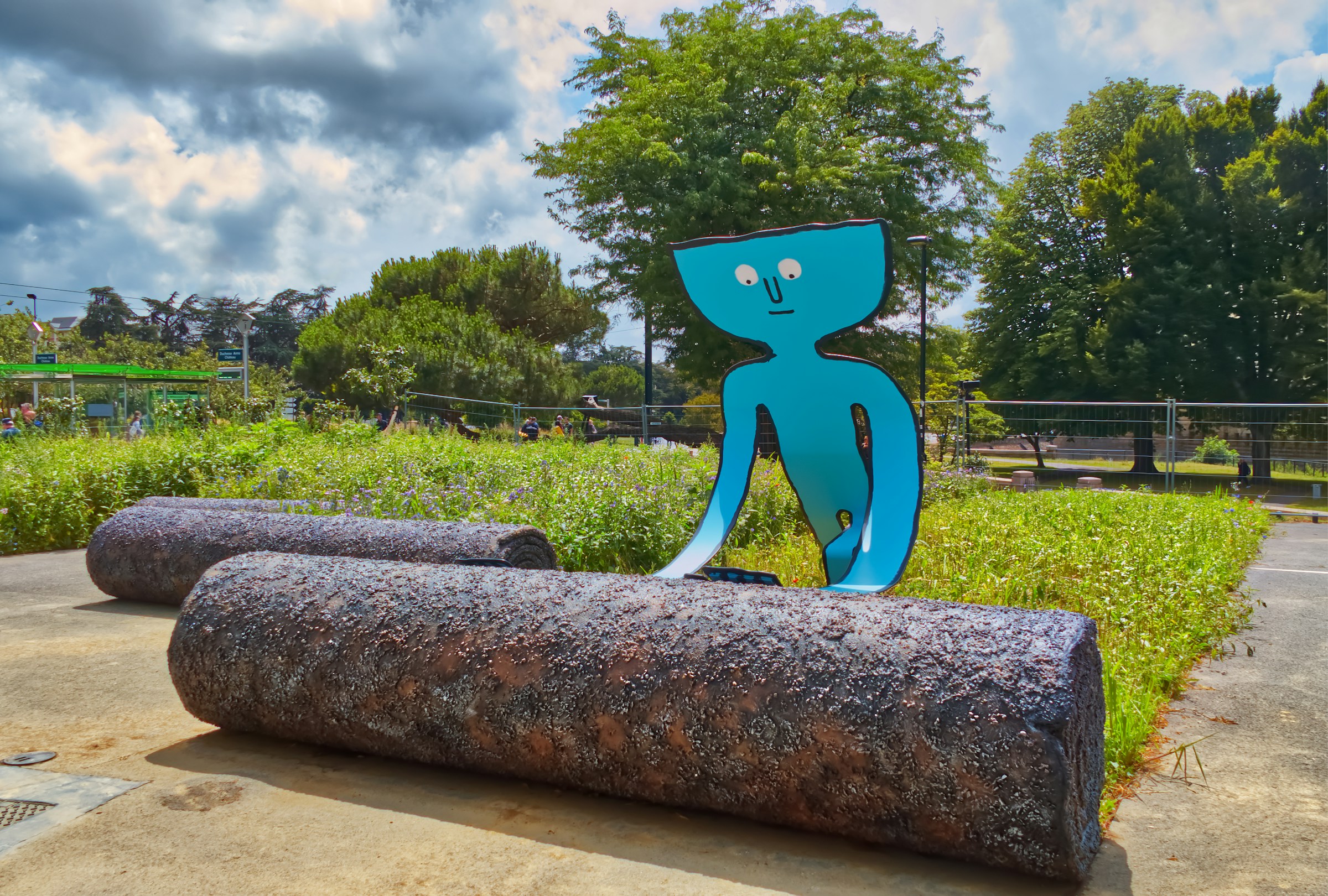
From gray to green: How (and why) to depave
